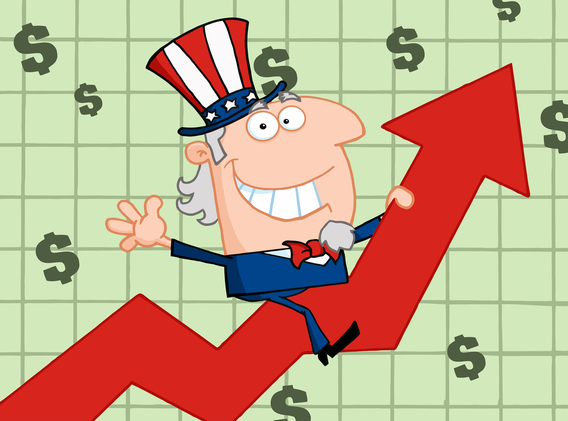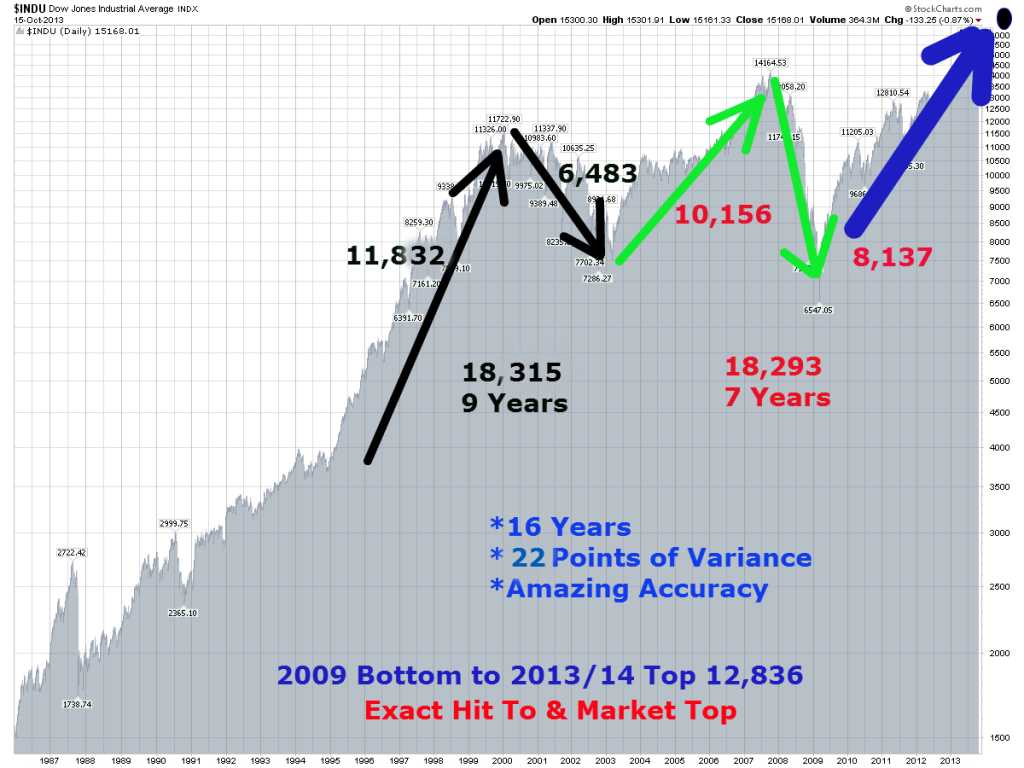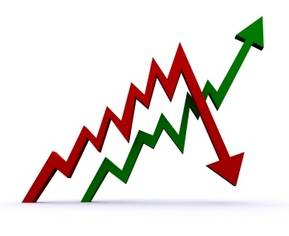The Daily Ticker had a discussion earlier on whether or not the real estate sector was causing the economic slowdown or it was the economic slowdown was causing the real estate market to sag.
Neil Irwin, senior economic correspondent at The New York Times says the slowdown in housing is slowing the broader economy. “If housing just returned to its longer-term role in the economy in terms of residential investment and construction activity, then we’d have a much stronger growth track,” Irwin tells The Daily Ticker in the video above.”We’d have an extra million and a half jobs.”
Here is what they don’t seem to get. Most sectors within the US Economy, including the overall economy itself, are being artificially levitated by entirely too much credit within our financial system. With over $1 Trillion in credit being infused over the last 5 years alone and with interest rates at ZERO, both the US Economy and the real estate market are back in the bubble territory.
Again, this debate initiated by The New York Times confuses cause and effect. The real estate market and the US economy have nothing to do with each other from a traditional point of view and have everything to do with being the outcome of the same force. In short, they are both the outcome of the same credit cancer. Because they are both being artificially levitated by FED into the same speculative bubble territory, they will simply reverse and collapse at the same time when the bear market of 2014-2017 kicks into the high gear.
When? Well, to get more information about the real estate market you can read my comprehensive report Real Estate Collapse 2.0 Why, How & When and for the overall economy/stock market you can read The Bear Market Of 2014-2017 Is Starting. Why, How & When
Did you enjoy this article? If so, please share our blog with your friends as we try to get traction. Gratitude!!!
Click here to subscribe to my mailing list
Why Most Economists Are Confused About The State Of Today’s Real Estate Market Google
The Daily Ticker: Here’s what’s stopping the economy from fully recovering: Neil Irwin
The housing market is still recovering from a crisis that crushed sales and prices in 2007 and 2008, but the pace of that recovery is slowing and there are some signs it could be stalling out.
Existing home sales and new home sales were actually lower in March than in February — and lower than a year ago. And although March housing starts were higher than February starts, permits fell 2.4% lower.
Neil Irwin, senior economic correspondent at The New York Times says the slowdown in housing is slowing the broader economy. “If housing just returned to its longer-term role in the economy in terms of residential investment and construction activity, then we’d have a much stronger growth track,” Irwin tells The Daily Ticker in the video above.”We’d have an extra million and a half jobs.”
Investment in residential property accounts for the smallest share of the economy than at any time since World War II, Irwin wrote in a recent column for the times “Upshot”.
Home ownership has fallen to its lowest level in 19 years, according to the Census bureau. Only 64.8% of Americans, or about 74.4 million households, owned homes during the first quarter of this year, down from 65.2% in the fourth quarter of 2013.
A big reason for the decline in home ownership: “Young people are not forming households at the same rate they usually do,” says Irwin.
That’s an example of the economy holding back housing but the reverse is also true, says Irwin.
“You need a strong housing market to have a strong economy [and] you need a strong economy to have a strong housing market,” says Irwin.
And within the housing market, construction of multi-family homes is rising at a much faster rate than construction of single-family homes. Young people “who are striking out on their own are more likely to rent” apartments, explains Irwin.
On the positive side, construction jobs led the increase in all “goods-producing” jobs in the April jobs report released Friday. They rose by 32,000 for the month and are up 189,000 in the past year, with the bulk of the increase occurring in the past six months.















